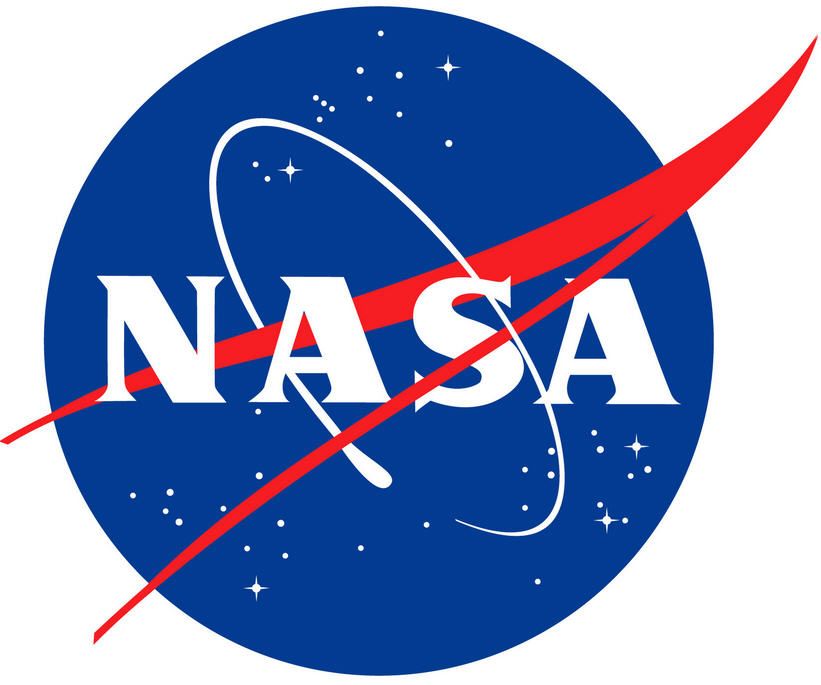IPad 2 - !Mundo en tus manos!
Nuevos métodos para bloquear la metástasis
Uno de los mayores inconvenientes del cáncer es la distribución (conocida técnicamente como metástasis) que permite que la enfermedad se disperse rápidamente a otras partes del cuerpo a través del torrente sanguíneo.
Sin embargo, un grupo de investigadores del Instituto de Investigación del Cáncer del Reino Unido llevaron a cabo un descubrimiento que podría evitar la metastización del cáncer al resto del cuerpo.
En el estudio se utilizaron ratones con cáncer de mama, y descubrieron que la metástasis se producía por la producción de una enzima identificada como LOXL2. Esta enzima permitía que las células cancerosas llegaran a la corriente sanguínea y se distribuyesen en todo el cuerpo.
Pero con la aplicación de una serie de anticuerpos y sustancias consiguieron bloquear el trabajo de LOXL2 y la distribución del cáncer de mamas se detuvo. Este descubrimiento es fundamental, ya que ayudaría a producir un medicamento que impida la distribución del cáncer en el resto del cuerpo.
NASA Light Technology Successfully Reduces Cancer Patients Painful Side Effects from Radiation and Chemotherapy
A NASA technology originally developed for plant growth experiments on space shuttle missions has successfully reduced the painful side effects resulting from chemotherapy and radiation treatment in bone marrow and stem cell transplant patients.
 In a two-year clinical trial, cancer patients undergoing bone marrow or stem cell transplants were given a far red/near infrared Light Emitting Diode treatment called High Emissivity Aluminiferous Luminescent Substrate, or HEALS, to treat oral mucositis -- a common and extremely painful side effect of chemotherapy and radiation treatment. The trial concluded that there is a 96 percent chance that the improvement in pain of those in the high-risk patient group was the result of the HEALS treatment.
In a two-year clinical trial, cancer patients undergoing bone marrow or stem cell transplants were given a far red/near infrared Light Emitting Diode treatment called High Emissivity Aluminiferous Luminescent Substrate, or HEALS, to treat oral mucositis -- a common and extremely painful side effect of chemotherapy and radiation treatment. The trial concluded that there is a 96 percent chance that the improvement in pain of those in the high-risk patient group was the result of the HEALS treatment. 